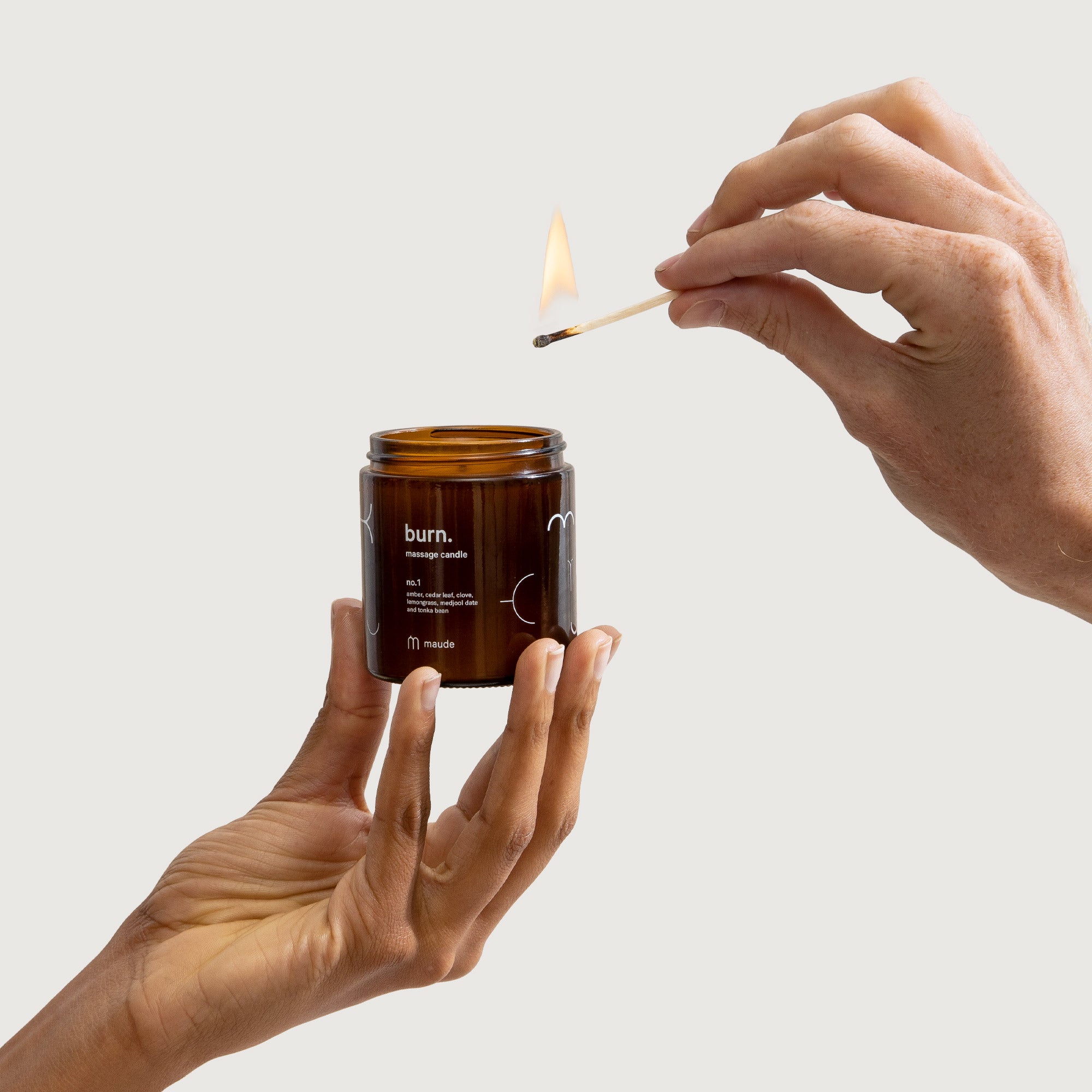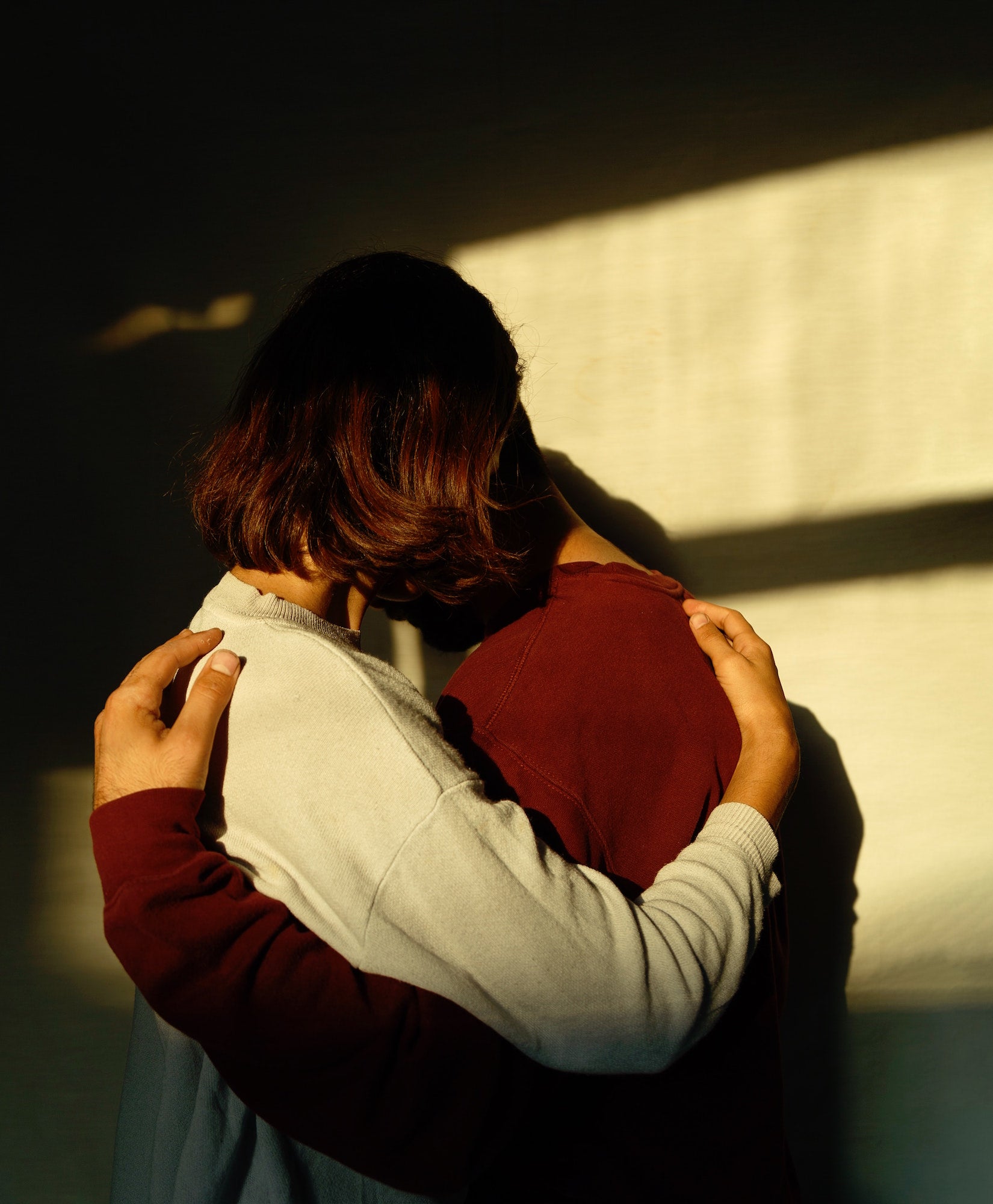is lesbian bed death real?

A cliché, from literature to Hollywood, examined.
To be gay is to be poorly written. In popular films, for example, queer women are often loners in plaid, repressed femme-for-femmes, and star crossed lovers torn apart by tragic death. Such artistic disappointments have encouraged queer folk to turn away from Hollywood’s hetero haven and rely on their own community for representation.
So it’s especially upsetting when stereotypes are accepted and propagated within the queer community. A concept like “lesbian bed death,” or the decrease in sexual activity between a lesbian couple overtime, would be much less horrifying if it started and ended as a punchline from The Simpsons, but it didn’t, and it hasn’t--queer people have entertained its legitimacy for a long time, causing sociologists to step in and present their relatively inconclusive data, causing all of us to be confused.
Today we’re no closer to solving this potential non-issue than we were when the term “lesbian bed death” first came about, but there remains untapped value in exploring the research: each step in this impossible investigation has challenged the ways we define and analyze sex.
Since society at large took their time accepting that gay people were here to stay, research on the topic of lesbian bed death is limited. The term itself was only coined in the early 80s by sociologist Pepper Shwartz, when she co-wrote a book with Phillip Blumstein called American Couples: Money, Work, Sex. It was one of the first major works to compare gay male, lesbian, and heterosexual couples on the issue of sex, and it found that lesbian couples have the least “sexual relations” of all couple types.
Naturally, more recent research has moved to separate number of “sexual relations” from degree of sexual pleasure, as well as the amount of sex actually being had. A 2021 study found that, although cis lesbians have sex less times than heterosexual women, they are just as sexually satisfied. This satisfaction is found from more oral, using toys, saying “I love you,” and having generally longer sex. Researchers have even developed a structural equation model to explain how longer sex equals more orgasms, which equals higher relational satisfaction overall. (Cue gasps around the boys locker room.)
Some sociologists include gender socialization theory in research on lesbian sex, supposing that two cis women, both of whom have been socialized to put their pleasure second, are more likely to de-prioritize sex in a relationship. But in a 2018 study comparing midlife sex for cis lesbians and straight women, lesbian women reported feeling a higher sense of duty to keep their sex life alive. They also report feeling disappointed by unhelpful medical professionals, so it makes sense that they’d prefer to take pleasure into their own hands.
Instead of working to prove or disprove “lesbian bed death,” it is perhaps more useful to explore how the oppression and neglect of queer people contributes to the lesbian community’s fear of losing intimacy, of being doomed to fail. When you take a look at popular literature on “keeping the spark alive,” you’ll find books like sex psychologist Stephen A. Miller’s Can Love Last? and psychologist Esther Perel’s Mating in Captivity, both of which discuss how desire for sex within a couple is at its highest when a couple can tolerate distance within an intimate relationship. In other words, although intimacy, cooperation, and closeness are the pillars of love, an over-dependence on your significant other is a surefire way to kill erotic passion.
In a world where queer women must rely on one other for love, acceptance, safety, and sex, it makes sense that a concept like “lesbian bed death” is so threatening. It suggests that a love we have no choice over, which we also must thoroughly depend on, is as doomed as lesbian characters written by heterosexuals. A more productive investigation would focus on the ways we as a society can reframe our understanding of sex and sexuality, to make the world a safer and more erotic place for everyone.







